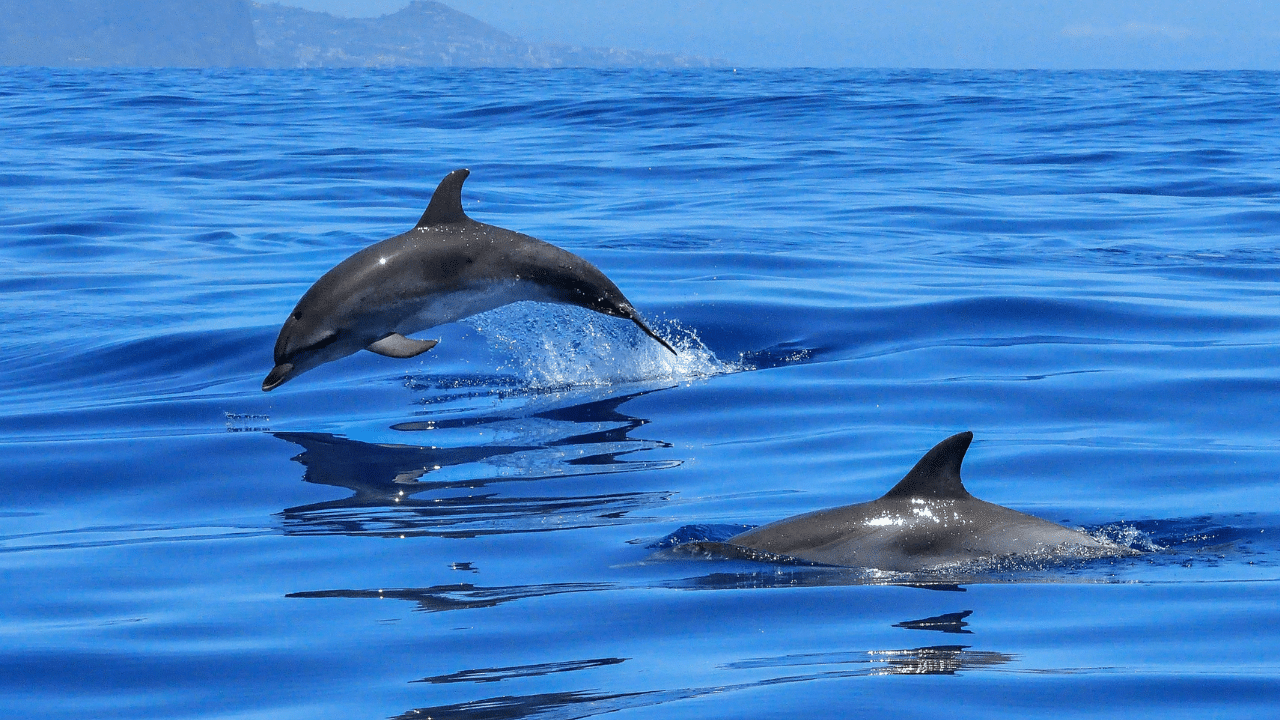Even in death, dolphins still boost human understanding
MANILA, Philippines — As marine mammal strandings increase in the Philippines, scientists and veterinarians are turning dolphin deaths into opportunities for critical research and conservation efforts.
At a recent workshop held at the University of the Philippines in Diliman, experts emphasized that while the death of a stranded dolphin is “disheartening,” it provides valuable data to understand cetacean diseases and the impact of human activities on marine life.
READ: Real-life dolphin rescue not like in the movies
“We conduct these sorts of training to build the capacity of local government units and concerned agencies in their marine mammal rehabilitation and postmortem response,” said Dr. Lemnuel Aragones, head of the Marine Mammal Research and Conservation Laboratory (MMRCL) and president of the Philippine Marine Mammal Stranding Network (PMMSN).
The “Cetacean Pathology Training and Workshop,” held on June 24, brought together veterinarians from across the country to learn proper practices for documenting and studying dolphin diseases.
Noise pollution
Human activities, particularly underwater noise pollution, were highlighted as significant threats to dolphin populations. Dr. Leo Jonathan Suarez, treasurer of PMMSN, explained that blasts can cause not only physical injury but also acoustic trauma, potentially leading to hearing loss that severely impacts a dolphin’s ability to survive in the wild.
Dr. Christopher Torno, a PMMSN advisory member, stressed the importance of thorough necropsies, even when the cause of death seems apparent. “The information you’re bringing us will benefit not just you, but this entire network. We’re learning from this,” he told workshop participants.
The Philippines represents one-third of the world’s cetacean diversity, according to Dr. Marie Christine Obusan, a professor at the UP Institute of Biology. She emphasized the need for more research on dolphin rehabilitation response, noting the increasing trend of stranding events in recent years.
Local training
The workshop, which included a hands-on dolphin necropsy session, was a collaborative effort involving multiple organizations, including the MMRCL, the Microbial Ecology of Terrestrial and Aquatic Systems Laboratory and various veterinary associations.
Aragones and his team are set to release a scientific paper detailing marine mammal strandings in the Philippines from 2005 to 2022, further contributing to the growing body of knowledge on these marine mammals and the challenges they face.
As stranding events continue to rise, experts remain committed to enhancing local capacities for marine mammal conservation and rehabilitation through ongoing training and research efforts.
